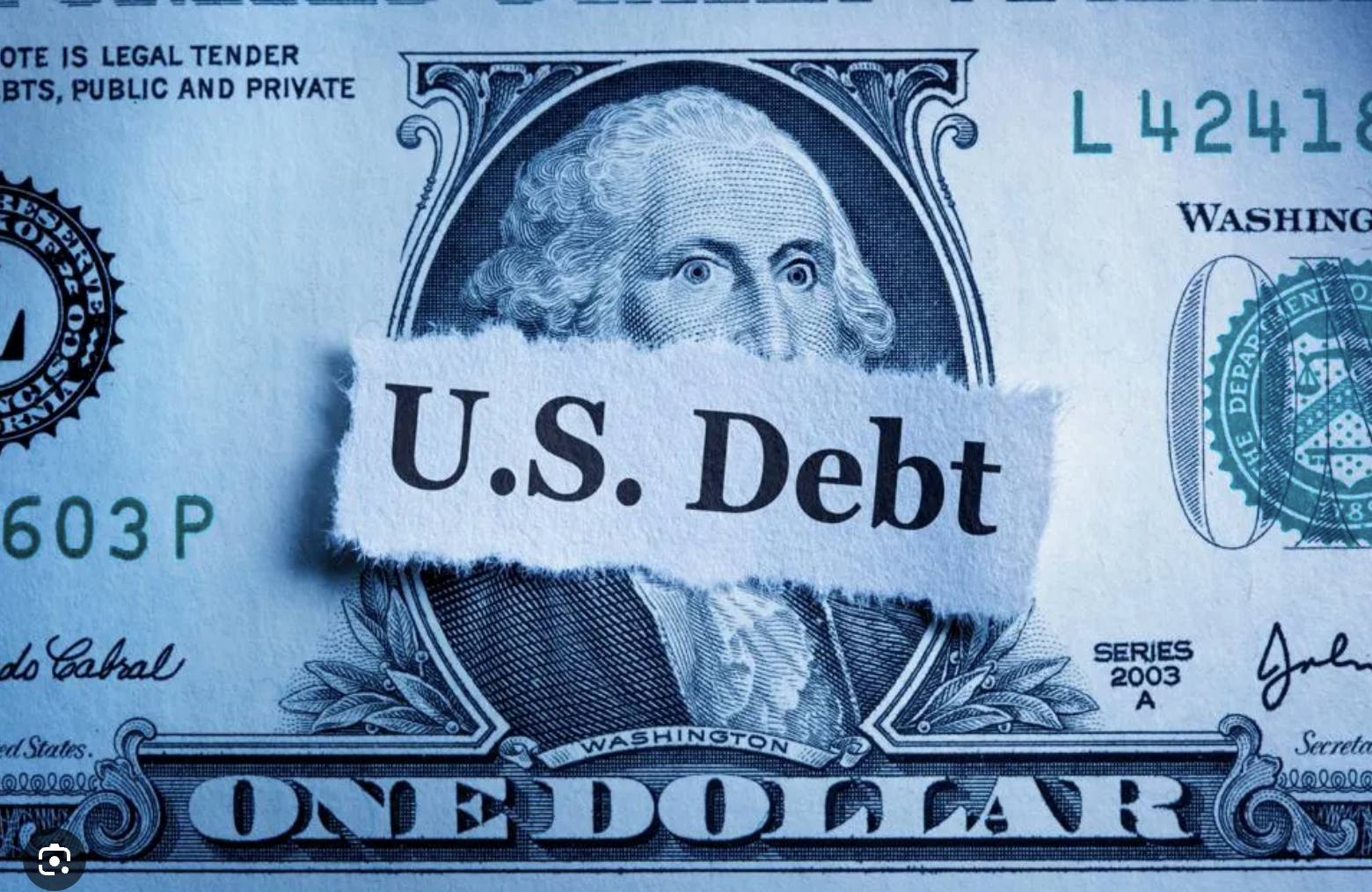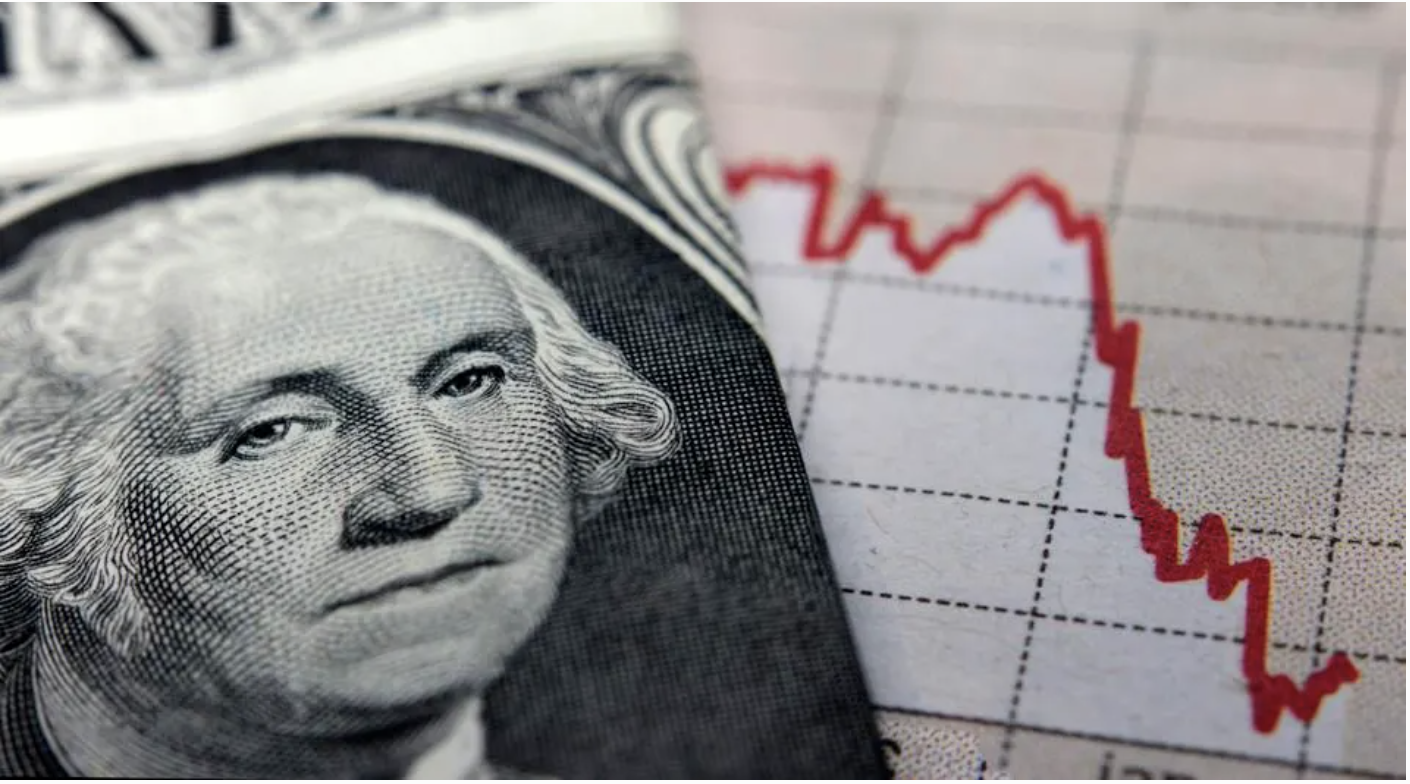Consumers Are Drowning In Debt As Businesses Fail

U.S. consumers have piled up the largest mountain of household debt in the history of the world. If the federal government was not almost 36 trillion dollars in debt, the fact that U.S. households are nearly 18 trillion dollars in debt would be making a lot more headlines. Sadly, our entire society is absolutely saturated with debt at this point. Government debt on all levels is spiraling out of control, corporate debt has ballooned to absurd levels, and consumers have been gorging on debt as if there will never be any consequences. Unfortunately, a time of reckoning has arrived, and it is going to be incredibly painful.
On Wednesday, we learned that total credit card debt has surged to a brand new record high of 1.17 trillion dollars…
Collectively, Americans now owe a record $1.17 trillion on their credit cards, according to a new report on household debt from the Federal Reserve Bank of New York.
Credit card balances rose by $24 billion in the third quarter of 2024 and are 8.1% higher than a year ago.
Needless to say, incomes have not increased by 8.1 percent over the past year.
So our credit card balances are growing faster than our paychecks are, and that is a problem.
Meanwhile, total student loan debt has reached a brand new record high of 1.61 trillion dollars. If you can believe it, a whopping 30 percent of all student loan borrowers have “gone without food or medicine due to their monthly bills”…
- Thirty percent of federal student loan borrowers say they’ve gone without food or medicine due to their monthly bills, the Consumer Financial Protection Bureau finds.
- In addition to skipping necessities, 38% of people with federal student loans said they carried credit card debt that they wouldn’t have otherwise, the bureau found.
- Around 44% of borrowers said their education debt delayed when they could by a home, and 26% said the debt pushed back when they’d start a family.
If you are a young person that is considering going to college, please try to avoid piling up student loan debt.
It can haunt you for decades.
Overall, total household debt in the United States has skyrocketed to a brand new record high of 17.94 trillion dollars…
The Federal Reserve Bank of New York’s Center for Microeconomic Data today issued its Quarterly Report on Household Debt and Credit. The report shows total household debt increased by $147 billion (0.8%) in Q3 2024, to $17.94 trillion. What a nightmare.
How did we ever allow ourselves to pile up nearly 18 trillion dollars in household debt? That is insane!
Our wild spending fueled solid economic growth for a long time, but now most consumers are just barely scraping by from month to month and businesses all over the country are deeply struggling as a result.
For example, U.S. retailers have announced the closing of 6,481 stores so far in 2024…
U.S. retail closures have reached the highest level since the COVID-19 pandemic, according to recent estimates.
As of Nov. 8, retailers have announced 6,481 store closures, an increase of 336 closures in just the past week, according to the latest data from Coresight Research. The majority of these closures were driven by American Freight, which is shutting all 329 of its locations as part of its parent company’s bankruptcy proceedings.
Meanwhile, the auto industry is having a very tough time adjusting to lower consumer demand.
Last week, we learned that Nissan will be eliminating “9,000 jobs and a fifth of its manufacturing capacity”…
Nissan Motor shares slumped 6% in Tokyo trade Friday, a day after the Japanese automaker said it would cut 9,000 jobs and a fifth of its manufacturing capacity as it struggles with sales in China and the United States.
On Thursday, Japan’s third-biggest automaker slashed its forecast for full-year operating profit by 70%. It said restructuring would cut costs by 400 billion yen ($2.61 billion) in the financial year to the end of March. Ouch.
Stellantis is another automaker that has decided it is time to reduce production and lay off workers…
Stellantis is indefinitely laying off more than 1,000 employees at its Jeep assembly plant in Ohio as the automaker significantly reduces its inventory levels to match demand.
Stellantis, the parent company of Chrysler, Jeep, Dodge and Ram, issued Worker Adjustment and Retraining Notification (WARN) notices to the respective state and local governments as well as the United Auto Workers union.
The 1,100 layoffs at the Toledo South Assembly Plant will be effective as early as Jan. 5.
Sadly, I think that this is just the beginning of very tough times for the auto industry.
The tech industry is facing enormous challenges too. In fact, chipmaker AMD just announced that it will be reducing the number of workers that it employs globally by about 4 percent…
″As a part of aligning our resources with our largest growth opportunities, we are taking a number of targeted steps that will unfortunately result in reducing our global workforce by approximately 4%,” an AMD representative said in a statement. “We are committed to treating impacted employees with respect and helping them through this transition.”
At least AMD is still treading water.
There are countless other firms that are falling apart right in front of our eyes.
Spirit Airlines is one of the latest victims. Spirit’s share price suddenly crashed when it announced that it will be filing for bankruptcy…
Spirit Airlines is preparing to file for bankruptcy protection, it emerged last night – sparking fears among flyers about mass cancelations.
After news broke about the bankruptcy emerged on Tuesday evening, Spirit’s share price plummeted 45 percent in just seconds – erasing hundreds of millions in market value from the carrier. By Wednesday morning, it was down by 70 percent.
The Florida-based low-cost airline is in final negotiations with bondholders on a restructuring plan to secure the support of key creditors, the Wall Street Journal reported this evening. It owes more than $3 billion.
This is what happens when a debt bubble bursts.
At this stage, things are so bad that even CNN is getting ready to conduct some very harsh layoffs…
CNN is planning to wield the axe on some of its high-paid staff after dismal election ratings that cap off a disastrous period for the cable news network. According to an explosive new report from Puck, network executives will unleash sweeping lay-offs in a bid to save the network’s flailing reputation.
It comes after the departure of stalwart Chris Wallace, and amid reports senior stars like Wolf Blitzer and Jake Tapper have both been denied raises.
Of course the carnage is not just limited to large businesses.
The percentage of small businesses that cannot pay their rent has reached the highest level since the peak of the pandemic, and that should deeply alarm all of us…
Close to half of small business owners couldn’t pay their rent in September, marking a new three-year high.
According to business networking platform Alignable’s September Revenue & Rent Report, 48% of small business renters could not make their rent payments. That was up from 41% in July and August. And it was the highest it has been since the Covid recovery era in March 2021, when 49% of small business owners were delinquent.
So what is the bottom line?
For years, we were able to enjoy a ridiculously inflated standard of living by piling up staggering amounts of debt.
But now that debt bubble has started to implode, and a tremendous amount of pain is on the horizon.
Going into massive amounts of debt may be enjoyable for a while, but it always catches up with you in the end.
Those that are telling you that there is an easy way out of this mess are not being honest, and we only have ourselves to blame for what is about to happen.




